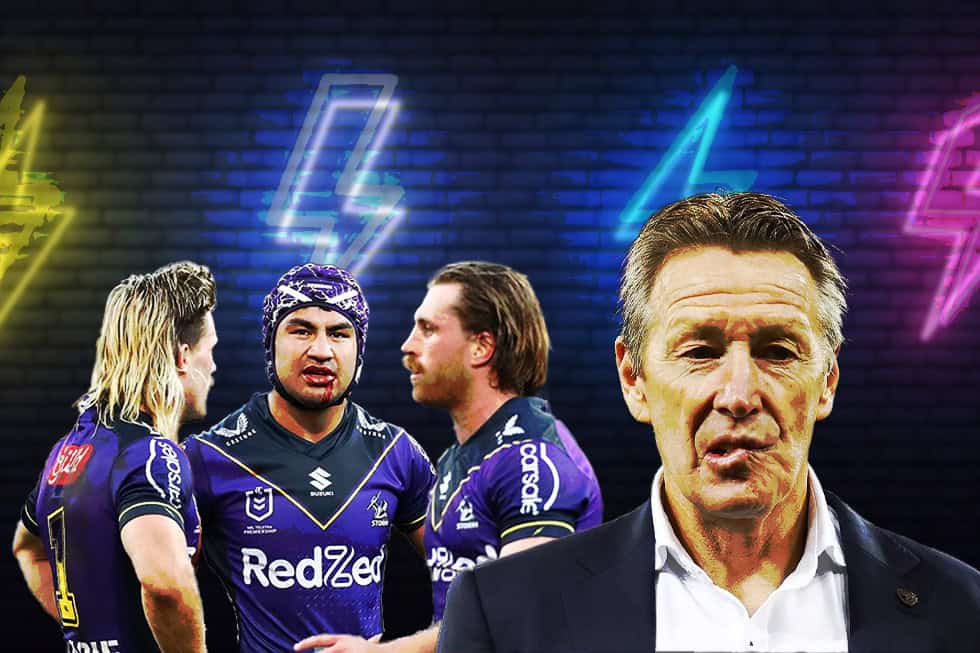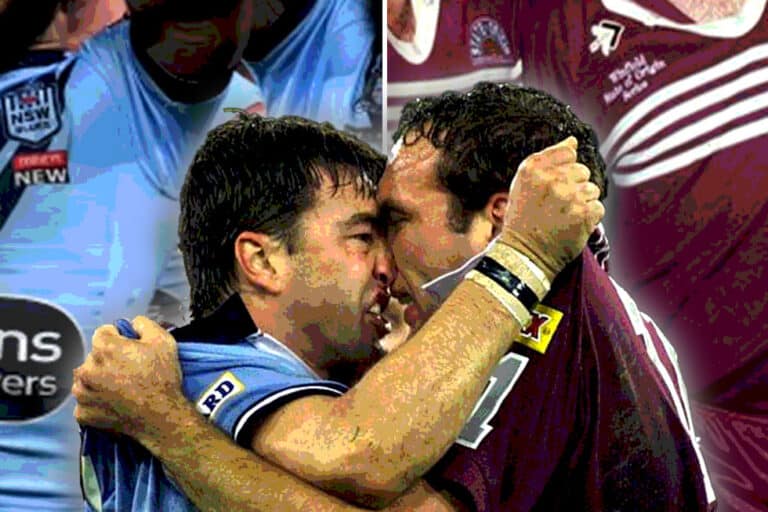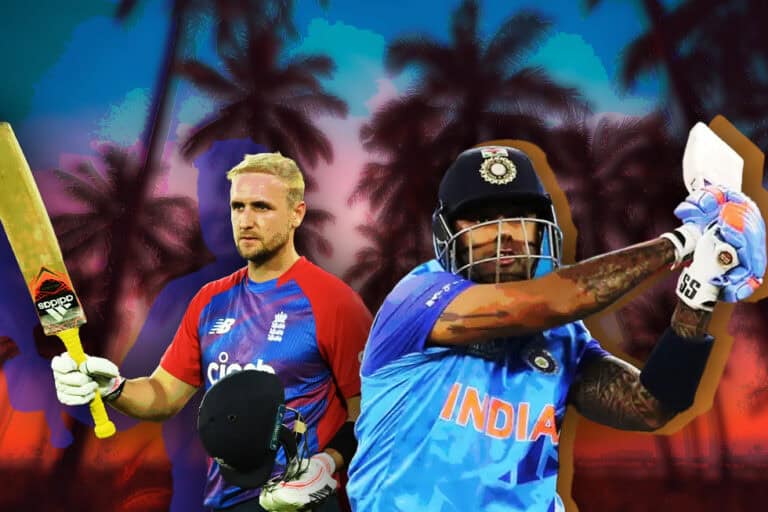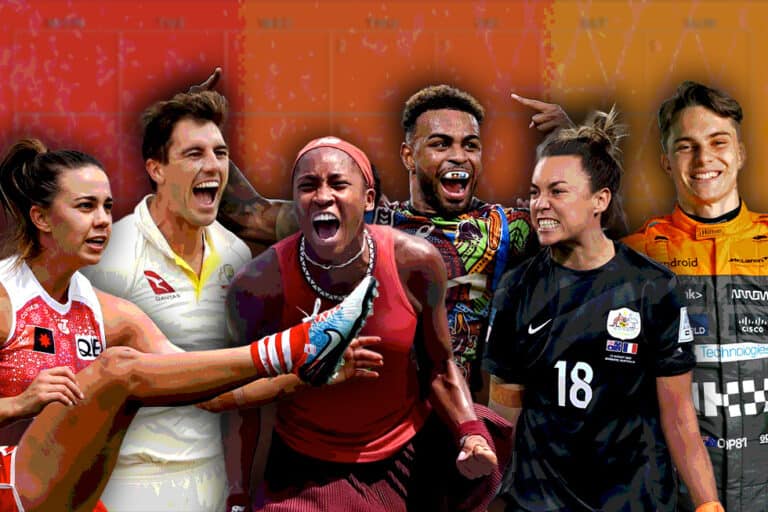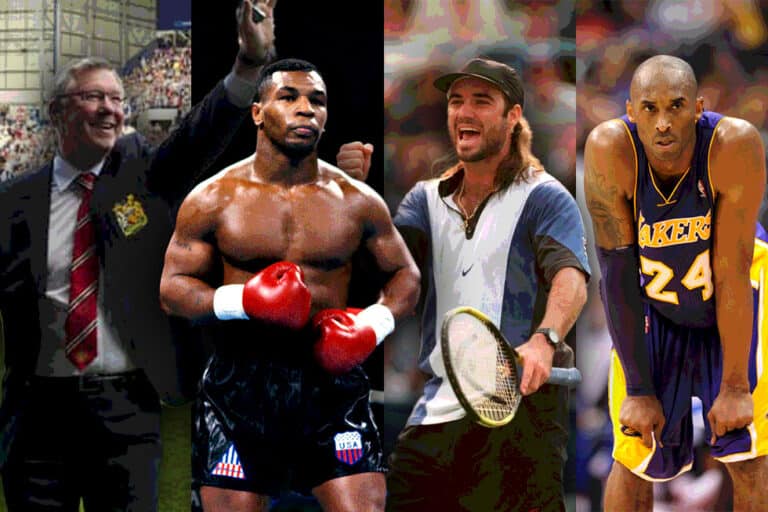The Melbourne Storm have the strongest spine in the NRL, on paper. That’s the problem though. Too often it’s only ever witnessed on paper and not on the field.
In rugby league, there is no more crucial component of a successful side than a world-beating spine. Hooker, fullback, five-eighth and halfback are inarguably the most important positions on a football field. Sure, the forwards bash sides into good field position and the outside backs start and finish sets well.
But it’s in the spine where all points line. It’s the halfback’s kicking game that rescues control of matches back, placing balls on napkins for chasing men, and a five-eighth’s combination of running and passing that opens up space for back rowers and centres to storm on to.
Hookers control the ruck. Their scheming in and around the play the ball is a nightmare for opponents to handle; their subtlety difficult to track and stop while creating even a split second for their outside men. And then there’s the fullback. Modern NRL sides need their fullback to be both a workhorse, capable of barnstorming runs out of their end, bending the line, and generating early-set momentum. When attacking field position is achieved, it is often the fullback who acts as the final decision maker.
All this is to say: correctly construct your spine and anything is possible in the NRL. Teams don’t necessarily need four world-class footballers populating their spine. One is great, two suffices, three is extraordinary but four is the holy grail.
At any point in their three-peat, the Penrith Panthers possessed the best halfback in the NRL, Nathan Cleary, as well as one of the competition’s three best hookers, Api Koroisau, and five best fullbacks, Dylan Edwards.

The problem with the Melbourne Storm’s spine
Ask just any rugby league fan which side boasts the strongest spine their answer should unequivocally be; the Melbourne Storm. Craig Bellamy’s four key positions are populated by two Queensland and Australian representative stars, the New Zealand halfback, and a player viewed by many as on the fringe of State of Origin duties for New South Wales when fully fit.
That last point highlights Melbourne’s spine problem, which has become more glaring than ever in 2024. There is perhaps no side investing as heavily into their spine. Of the $11.25 million salary cap available to NRL teams this season, over one-third of the Storm’s is invested into their four spine positions; fullback, five-eighth, halfback and hooker.
Contemporaries would argue a team’s lock is the fifth member of their spine, yet for argument’s sake we are sticking with the traditional definition of the term. According to ZeroTackle, the reported salaries for Melbourne’s spine players are: Cameron Munster at $1.3 million per season, Harry Grant at $1 million per season, Jahrome Hughes at $900,000 per season and Ryan Papenhuyzen at $800,000 per season.
This is the price one must pay to possess superstars. Grant is the best hooker in the NRL, and Munster the best five-eighth. Jahrome Hughes is a top-five halfback and Ryan Papenhuyzen is as talented as just about any fullback in the NRL.
When they’re on the pitch together, they’re an unstoppable force, combining footballing intelligence with quick execution and an instinctual understanding of one another. Yet, the problem for Melbourne is the minutes their spine spends together on the field are infrequent at best. In recent years, their inability to get on the field together has largely been due to Papenhuyzen’s extreme injury misfortune.
Having not featured all at once since 2022, Round 5 of the 2024 NRL season gave the competition a glimpse of Melbourne’s spine potential. Against last season’s runners-up Brisbane, the Storm ran away victorious by two points. No members of the spine scored, though Hughes and Papenhuyzen were involved in three tries.
In fact, in the five games Melbourne’s spine have featured in together this season, the Storm haven’t lost, scoring 29 points per game, on average. In their four games without their spine, Melbourne have won twice, lost twice and scored just 17 points per game.
Such a drastic drop-off highlights just how skilful Melbourne’s spine is. But, it also highlights the glaring issue with Melbourne’s spine construction. When they’re all on the park, few can match them. When they’re not on the park, the lack of funding towards signing understudies and complementary pieces around them is glaringly obvious.
Against the Cronulla Sharks in Round 10, Melbourne were without Ryan Papenhuyzen and Jahrome Hughes. Papenhuyzen will miss at least the next month of football after fracturing his ankle while a calf problem will see Hughes out until at least Round 12.
In their place, Sua Fa’alogo filled in at fullback and Tyran Wishart at halfback. Both performed respectably. Wishart even scored a slick try. But it’s hard to ignore such a stark drop off between starters and reserves. This divide is made increasingly glaring by Jonah Pezet’s ACL injury, a fine young backup half who makes the drop off between Hughes, or Munster, and the club’s next best half, less impactful.
Last season, the impact of Papenhuyzen’s absence was less hurtful by Nick Meaney featuring at fullback. Yet, investment in Melbourne’s first choice spine has limited their ability to recruit troops in their outside backs; so Meaney remains in the centres in Papenhuyzen’s wake. Meaney’s spot in the centres becomes filled by Marion Seve or Young Tonumaipea, both respectable first grades without being the calibre of star we’ve become accustomed to at the Storm.
Harry Grant is the only member of Melbourne’s spine with a recently spotless injury record. This is fortunate, given their backup options, Bronson Garlick and Wishart, are far from the same calibre of dummy half as Grant.
Herein lies the Storm’s problem. On paper, their spine is the best in the NRL. On the field, they rarely get a chance to show it. Injuries are largely the issue here. The problem with injuries is not much can be done to rule them out. Modern rugby league is faster and more dynamic, taking more from players while giving less. Injuries happen. Munster’s groin will never be what it was, Papenhuyzen’s ankles always pose a significant risk and Jahrome Hughes is nearing an age where his body will fail him more likely than not.
This leaves the Storm at a crossroads. They’ve invested heavily into their spine; 33% of their cap is funnelled into the contracts of 13% of their squad. Largely this has been the case for the best part of two decades. It’s the contractual formula that kept Billy Slater, Cameron Smith and Cooper Cronk together for the best parts of their careers.
The difference between that generation and now is that Smith was made of granite, missing just seven games throughout his career and Cronk hardly spent time on the sidelines. Billy Slater’s body failed him most often, particularly later in his career. On those occasions, there was always a Greg Inglis, Scott Drinkwater or Cameron Munster to fill the void.
Melbourne’s current predicament is they lack a Drinkwater or Munster to plug these holes. The investment into their spine only incurs significant returns when that quartet are fit and firing. When they aren’t, the shortcomings of their squad construction become obvious and painful, especially against the competition’s top sides.
With the Storm, concerns around health, in September, are even more pronounced than with other title contenders. Craig Bellamy’s side have been unbelievably consistent right across his reign, but his side’s title claims are, and will remain, on a knife’s edge.

